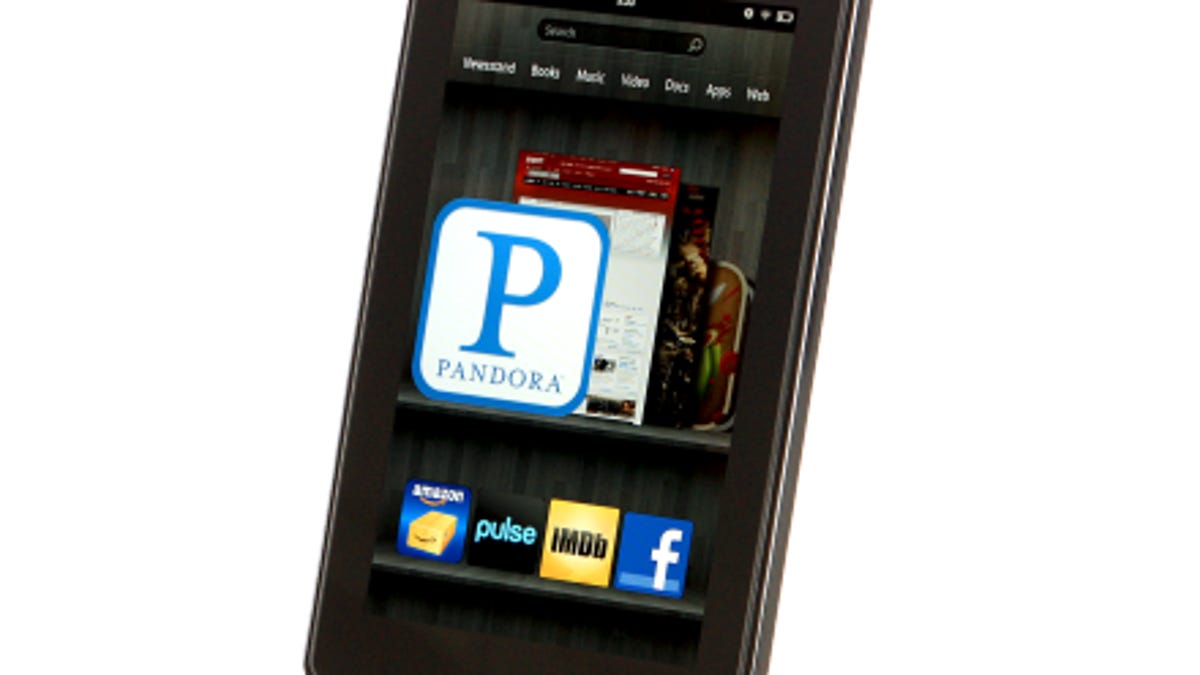Amazon Kindle Fire climbs to top of Android pack
A new report from IHS iSuppli tells us that Amazon is on its way to owning the Android tablet space with a 14 percent market share for the Kindle Fire.

Three months after going on sale, we still don't know how many Kindle Fire tablets that Amazon has sold.
Sure, analysts have made estimates, but without real figures from Amazon, we're left to guess as to how the Kindle Fire is faring against devices from Apple, Samsung, and others.
Or do we? Issued just today, a new report from IHS iSuppli predicts that not only is the Kindle Fire selling well, but it's beating its Android tablet competition.Likely led by its attractive $200 price and heavy marketing strategies, Amazon is reported to have sold just under 4 million Kindle Fire units in the fourth quarter of last year. That's good enough to best Samsung, Asus, and other Android manufacturers and take 14 percent of the tablet market.
Samsung, for its part, was able to rope in 8 percent of the market with 2.1 million sales of its line of Galaxy Tab devices. Even Barnes & Noble, with a shade under 2 million Nook Tablets sold, pulled in more than three times what Asus did with its Transformer line.
Where was the Motorola Xoom or Droid Xyboard series, you ask? Well, those devices, along with a slew of others from different manufacturers (Sony, Acer, Lenovo, etc.), were lumped together in the "other" category, which took 12 percent of the market.
Although this is just one report from one company, it tells me that nobody really owns the Android tablet landscape. What's more, those that do register on the chart are largely composed of nontraditional tablet manufacturers.
Of course, the definition of what actually constitutes a "tablet" is pretty loose. Hard-core fans would categorize the Nook Color, Nook Tablet, and Kindle Fire as glorified e-readers and skip right by. On the other hand, general consumers typically view anything 7 inches or larger as a tablet.
While Apple's overall share of the tablet market continues to slow, it will be a few quarters before Android tips the scales, if it does at all. The phrase "death by a thousand paper cuts" comes to mind here given that there's no one Android player that's holding the iPad murder weapon.
In a few months this report could look entirely different. An iPad 3 is on the horizon and follow-up releases from Amazon and Barnes & Noble are expected, as well. Depending on who does what, and how how much they spend doing it, it could become a three-way race. Remember that powerful tablets with quad-core Tegra 3 chipsets could come in under $249.99 before long.
Do you see anything coming down the road that will change the tablet landscape? Who do you expect to own the space come one year from now?

